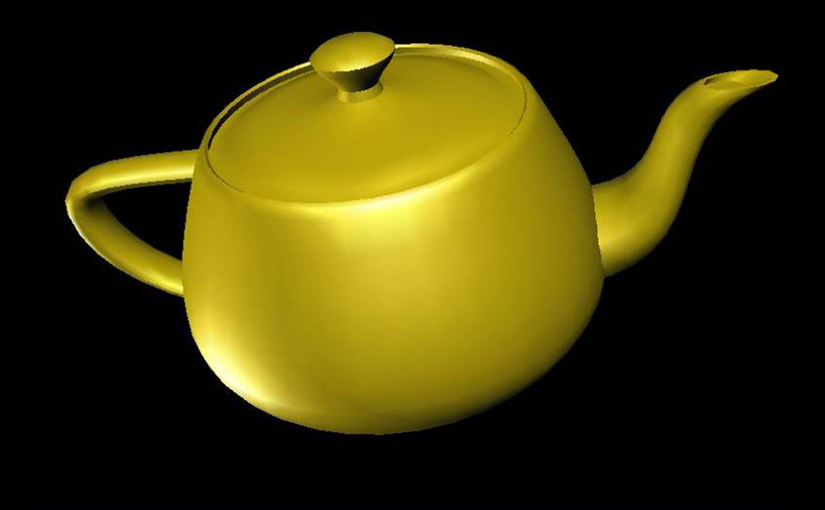I am a first-generation university graduate. Having said that, although my parents never went to college, they provided me with many socio-economic advantages and encouraged me to work out ‘how’ to succeed. I did my PhD at Warwick University following a BA in Fine Art and a Masters in Electronic Media. In 1990, when I began my PhD research, I was a visual artist with a part-time teaching job at a local Further Education / community college.
I am a visual thinker, an avid reader and an anxious writer. My mother, Joan, an extremely well-read autodidact, started me reading early. From a young age I read anything and everything I could get my hands on. At breakfast I compulsively read cereal packets, classified ads, motoring magasines and the newspaper. Starting from when I was a small kid, reading under the bedclothes with a torch, I read myself to sleep for an hour each night. Back then, I secretly raided Mum’s bookshelves aged 10 onwards, reading “The Joy of Sex”, to everything written by James Baldwin, from then-baffling books by Henry Miller to the classics, and I returned, again and again, to the Liverpool poets. You can read more about my family and their influences on my life and my art website, here.
When I was fourteen Mum signed me up for an advanced reading and study course. I learned to speed read, how best to mark up texts, how to make notes to help me revise and summarise texts. It was a blessing and a curse. To this day I struggle to ‘switch off’ my speed reading which is premised on reading a text at least three times. This is no problem when reading papers and academic texts as this is what most of us do, read repeatedly. However, it’s a curse when I fly through novels, my habitual bedtime reading, but apparently retain almost nothing afterwards and I don’t want to re-read them 3 or 4 times. Having said that, if I pick the novel up again, even years later, and start reading, the whole story comes back. Nowadays, I love my e-reader because I can store hundreds of texts and speed read chapters and articles multiple times, highlighting sections for quick reference using those study skills from so long ago.
Despite my love of reading, my writing skills were weak when I went into my PhD and I still have to work hard to write an acceptable academic paper, such as these I’ve posted to Academia.edu. My inspirational PhD supervisor, David Jenkins, taught me to research and he honed my reading skills.

